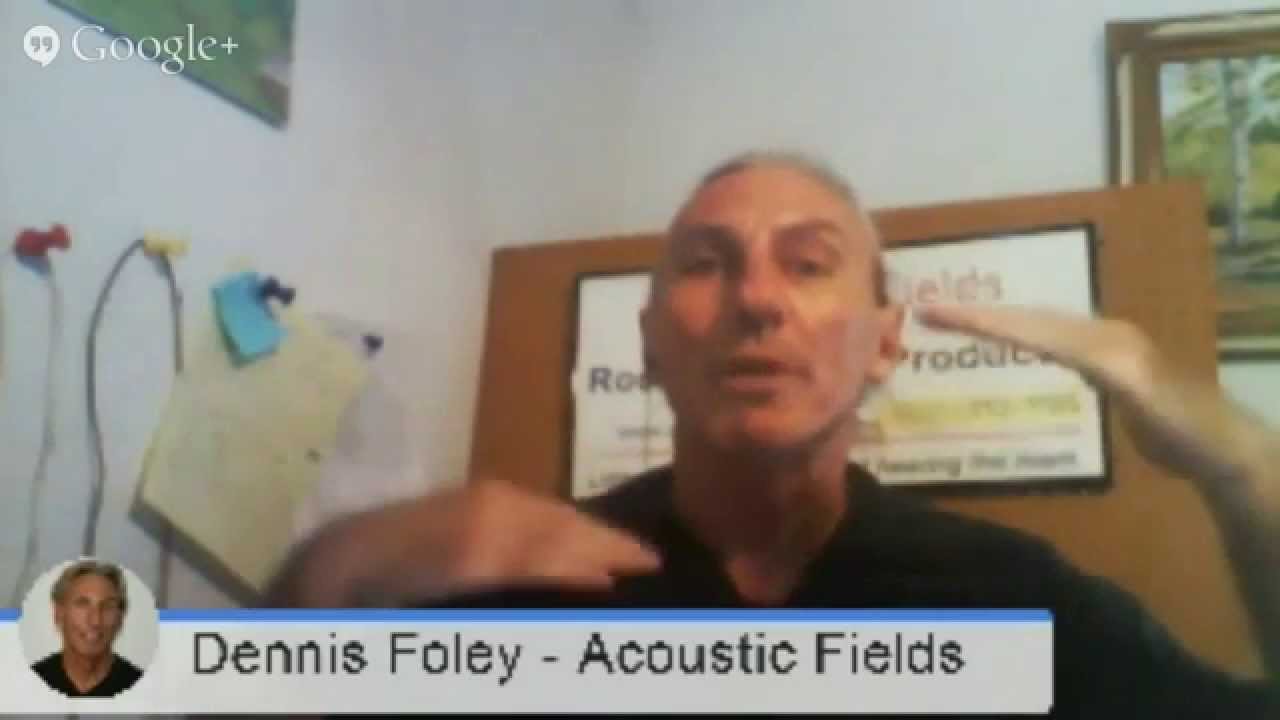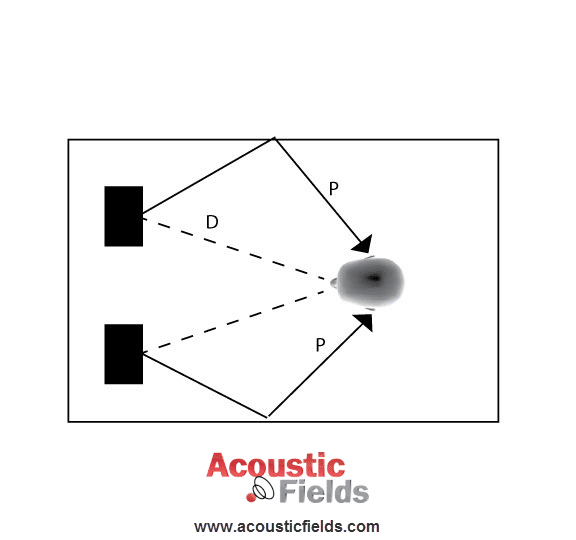When it comes to the domain of room acoustics, voice & music articulation measurements need some considered thought. So we asked our very own Acoustic Engineer, Dennis Foley, how he would approach the subject in the following video interview.
AD: Do you know much about articulation measurements with room acoustics? Maybe can discuss the difference between the two and why one would do one versus the other or potentially both.
DF: Articulation is always thought of at least by the people that I respect and admire as a methodology that defines voice. I don’t know the exact definition but but let’s relate it to room acoustics, that’s the easiest.
Articulation is definition, separation, timbre, because we’re talking about speech tonal qualities if you will. These are the variables that we’ere after. There’s paramitters that we, as acoustic people, have figured out work.
There are highs, lows and widths that work, not dimensionally, but in terms of frequency response for voice, what works. Voice and music are separate, completely different graphs that we look at as engineers.
Room acoustics and speech perception – You’ve got to get the graphs right
The goal is to try and overlap the graphs and find that common area where speech and music coexist. Very, very small area. That’s where articulation fits in, it’s the definition of that overlapping small area. So that’s where articulation comes in as it relates to speech.
I remember this e-mail, the guy was saying that people were using articulation and using it terms of music. Well that’s not something that fits really the definition. It’s kind of jumping into another area where I don’t believe the people that came up with the term articulation and its definition had any intention of going into music. But they will talk about musical articulation.
Don’t get hung up on words
Forget the words, its definition, separation, clarity, attack and decay, it’s all the variables that make up the term that you have to go after. Forget what they call it. If you know how it’s made, you don’t care what it’s called after its made.
The name means nothing, it’s the process of building it, creating it, that counts for something.
So that’s, the gist of the question was, is there such a thing as music articulation. Technically no but in the art world, probably OK.
AD: When you used to build conference rooms and things like that, you know when you got started in this, it was all about articulation was it not? So what were your starting points with those kind of rooms?
DF: Well the first thing that you have to do in a room like that is you have to manage the lowest wavelength that you’re going to be using in the room. And when I was doing it, men were the typical speakers in these rooms.
I sat in hundreds, 240 I think, over eight years and so the first thing I looked at was “Okay, the rooms that are problematic immediately have a dimensional issue”.
As I want at least one dimension of the room as long as the longest wavelength I have to deal with, which male voice, let’s just say a hundred cycles.
So that was kind of my starting point.
Then reflection management became critical. How did I manage the reflections off the side wall, so I heard the speaker? They didn’t use amplification that much, it started to come into play with multiple sources throughout the room.
So really I just had a little bit of application in the console at the speaker platform. So I didn’t have speakers in the room, I just said this one-mono source in the beginning of the room, it was easy. So then the reflections on the sidewall.
You don’t have to absorb everything in order to manage it!
Everybody at the time absorbed as much of that energy as they could, and all their rooms sounded the same. Well it makes sense. If you’re absorbing the same rates and levels, the room will sound the same. But it wasn’t a good sound!
Being the same, at a lower price point, didn’t do anything for the sound quality. So I went after rate and level. Those were the two variables I could control. I’m sure there’s other variables and if I gave them some thought, I could come up with more but rate and level, I could work the laws of physics to deal with those. I had control of those two variables, I could make things happen. And that’s what I did with the foam.
It’s got a different rate and level, on purpose, on purpose! Thank God on purpose. Took me eight years to figure it out, but it sounds great. It’s the rate and level.
We don’t absorb a hundred percent of anything in order to manage it, and all we’re doing is managing it. Were just passing through this room, we ain’t living here forever.
So rate and level for side wall reflections, but it works wonderfully for music and I never thought in that consequence, but rate and level is very important. If you don’t think rate and level is, tell me how happy you are with the low end of your room. I guarantee you don’t like the rate of absorption and you don’t like the level because the room doesn’t absorb low enough, because it’s a small room.
So those were the major reasons behind the product. But rate and level for reflections, just remember that. It’s really important. So when you’re doing your and you’re comparing different things, look at the rate and level of absorption.
Look at the curve. If you have a problem reading the curve, send it to me and I’ll tell you how to read.
AD: Just give anybody not too aware of what rate and levels are, can you just break that down in a very simplistic way?
DF: In real easy terms, rate is the amount, how quickly it absorbs. If you think of the formula distance equals rate times time, when you’re calculating how far a car will travel on so many gallons of gas, that’s a popular formula that people use.
So rate is how fast it does what it’s supposed to do, in this case its absorption. So how fast does it absorb at.
Level is how low does it go? What’s the lowest frequency that it will go to? That’s the level.
Our foam is around 100 Hz., our numbers show 125 Hz. because that’s where the test results start at, that’s where these labs make their cut-offs, but it really does well at 100 cycles also. And the way it moves up through 500.
After 500 Hz. all foams are 100 percent. You won’t find an open celled acoustical foam that has less than a hundred percent at 500 cycles. That’s just definition of the material that you have to use to make make open celled foam because you’re limited in the kind of materials. They have to be open cells by definition. So its how you get room 100 Hz. to 500 Hz. that’s critical, and I found in these rooms with voice, that that 100 to 500 range, was the most critical for tonal differences in clarity in human voice.
I didn’t have any scientific data other than the 240 rooms I’d been listening to over eight years but it was enough of a sample for me, and that’s what created our stuff.
In Summary
We hope this explanation helped. Please leave any comments below so Dennis can get back to you. Don’t be afraid to hit those Facebook like, Google+ and Twitter buttons on the left hand side so other people can see this post. And if you want to learn more about this subject please sign up for our free room acoustic treatment videos and ebook which provide step by step instructions. Get instant access by signing up now.
Thanks
Mike








